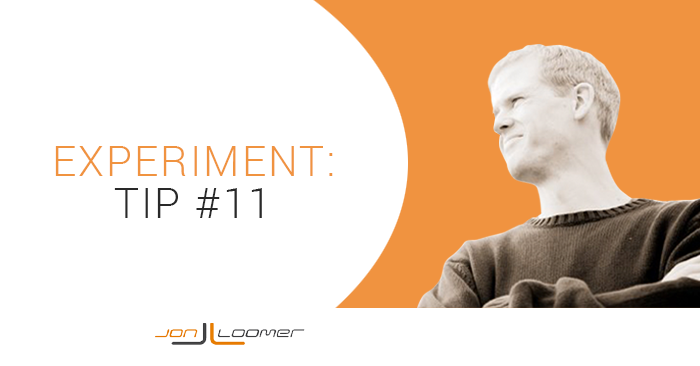
When I started my experiment, I had a general idea regarding how it would be pulled off, but it was definitely fluid. I expected my approach to change, and it did. Several times.
All along, the goal was to keep this going for a while with the intention of having a small audience that makes it to the end. Initially, I planned on using email custom audiences to help limit that final group.
I was still going to use Website Custom Audiences as the engine of this experiment. But once people made it to a particular step, I was going to require people to provide an email address to continue.
After careful consideration, I abandoned this approach. The reason can be found within the differences between WCAs and email custom audiences — in particular the strengths and weaknesses of both.
Website Custom Audiences
Defined
Website Custom Audiences allow advertisers to remarket to people who have visited their website before — either targeting all website visitors generally or those who visited specific pages of the site.
These ads appear on Facebook (or within partner mobile apps using Facebook Audience Network) and can reach those who have visited the advertiser’s website within the past one to 180 days.
Strengths
First, these audiences are updated dynamically — in real time as users visit the site. An ad can be served immediately upon leaving your site and visiting Facebook. No updating is needed as users are constantly added and removed from the audience based on rules the advertiser created.
Second, targeting is based on browsing activity and not reliant on matching up an account to a Facebook profile, which isn’t 100% reliable.
Finally, the amount of targeting that can be done based on specific pages visited — without requiring a purchase or opt-in — can result in incredibly relevant advertising.
Weaknesses
First, users won’t exist within the audience forever. Since there is a maximum duration of 180 days, visitors need to remain engaged to continue to exist within the audience.
Second, since WCAs work with the help of a pixel, reliability can be hurt by clearing or blocking cookies.
Email Custom Audiences
Defined
Advertisers can upload a CSV file of customers to Facebook to create an audience for targeting purposes. In this case, advertisers can create Facebook ads that target those on their email list.
Strengths
First, create very relevant ads based on the products a customer has bought or opt-in they have requested.
Second, unlike a WCA, this audience does not have a limited duration. With no expiration date, you can continue targeting a user on Facebook as long as they remain on your email list.
Weaknesses
First, you are limited only to those who have provided an email address (or phone number or Facebook UID, depending on the Custom Audience). This limits the size of the audience, unlike a WCA.
Second, advertisers can expect anywhere from 30-70% of email addresses from their list to be matched up to actual Facebook users. Keep in mind that the email address a user provides to you when they purchase a product or opt-in to something is not always the same as the email address they associate with their Facebook profile. As a result, you won’t be able to target many of the people on your list.
Third, there’s a matter of flexibility. While WCAs offer a great deal of flexibility, email Custom Audiences do not. Example: I can easily surface more content to people dynamically based on content they have read recently using WCAs. I need an email address for each step using email Custom Audiences.
Finally, an email Custom Audience is not updated dynamically (at least without a third party tool). To remain current, it needs to be uploaded every few days.
Why I Abandoned Email Custom Audiences for This Experiment
As I said earlier, I considered requiring an email address late in the experiment to continue getting ads surfaced to you. The thought was to further limit the audience to make it more of an accomplishment to finish the experiment.
There is a very major flaw in this approach, per the weaknesses mentioned above. People are opting in to get this content — many are very excited to do so! — and I’m able to serve a very large percentage of those who want that content using WCAs.
But the problem is that when they provide an email address, the likelihood of me reaching them drops significantly. They may provide an invalid email address by mistake or they may provide an address that is different from that on their Facebook profile.
As a result, their time within the experiment would come to an end, and they would not be happy!
Why WCAs Aren’t Perfect for This Experiment
I love WCAs. I think they are as close to perfect as we can get. But there are a couple of issues here.
First, whether I use WCAs or anything else, I can’t guarantee I’m going to reach everyone. I’ve gotten creative to the point where I think I reach most people, but it’s not perfect.
Second, some people never get the ads served to them, likely due to technical hurdles. It’s not 100% clear why this happens, but it is often very likely due to blocking or clearing cookies.
Finally, there is a matter of expectation. Once you read Tip #1, you should see Tip #2. The problem is that WCAs do not control who sees content organically, and as I stated in the last tip, more people are seeing content organically than paid. As a result, much of this content is served out of order and that results in quite a bit of confusion!







